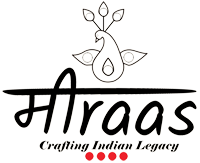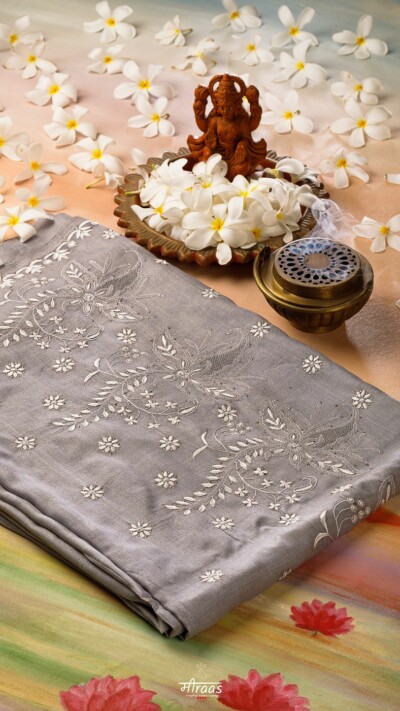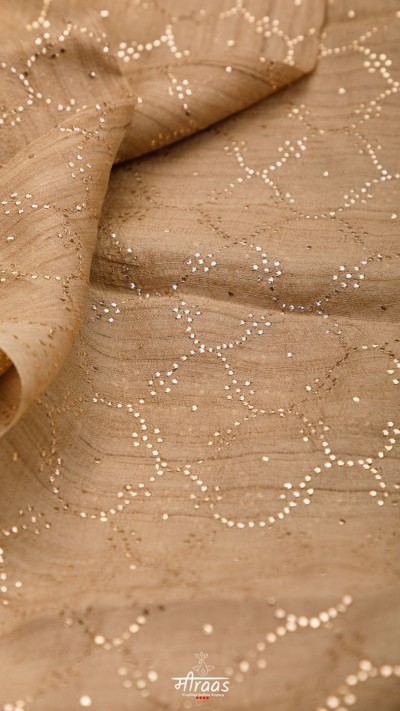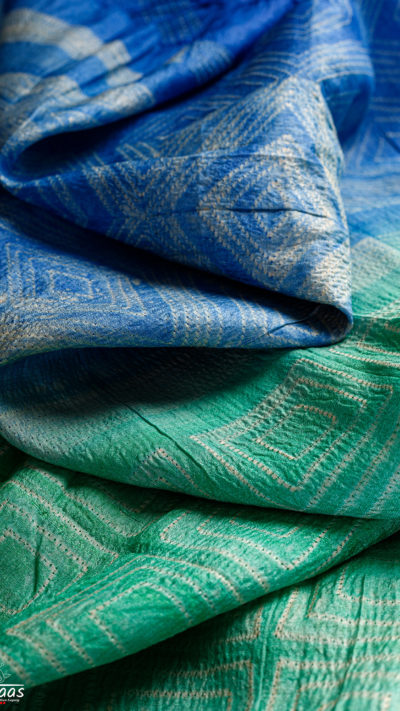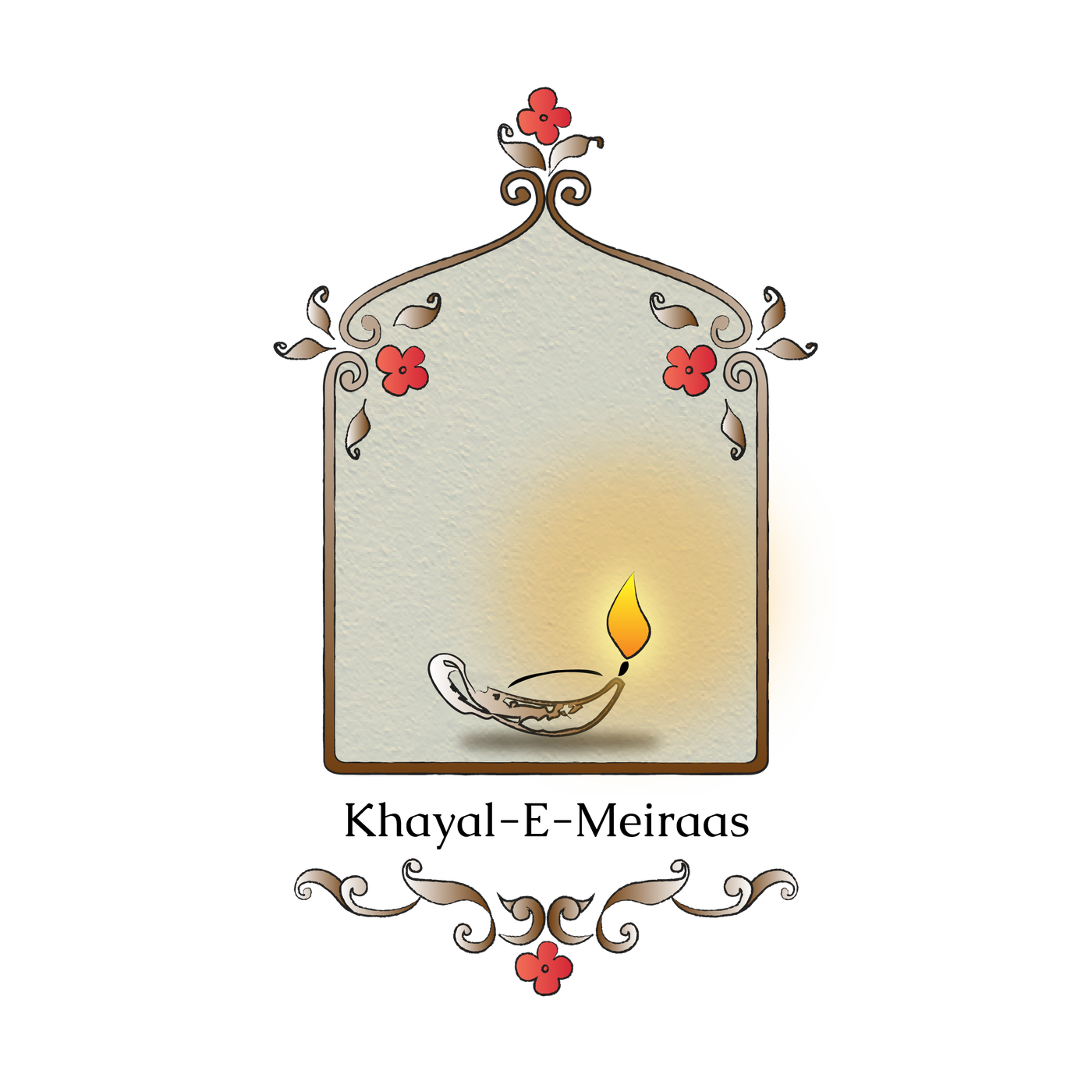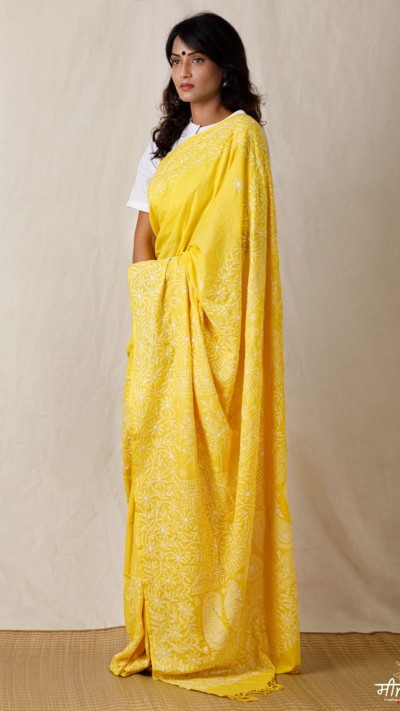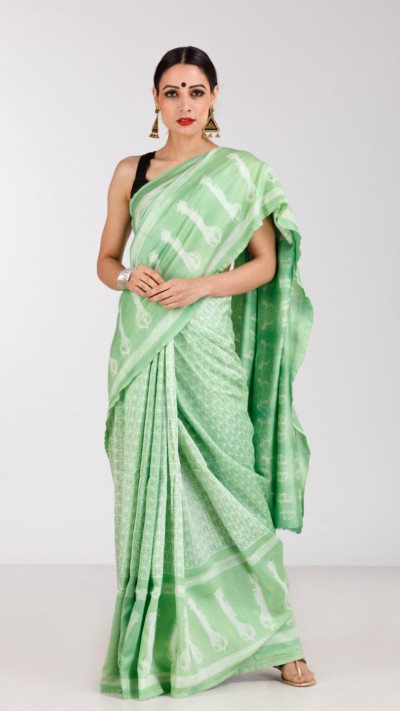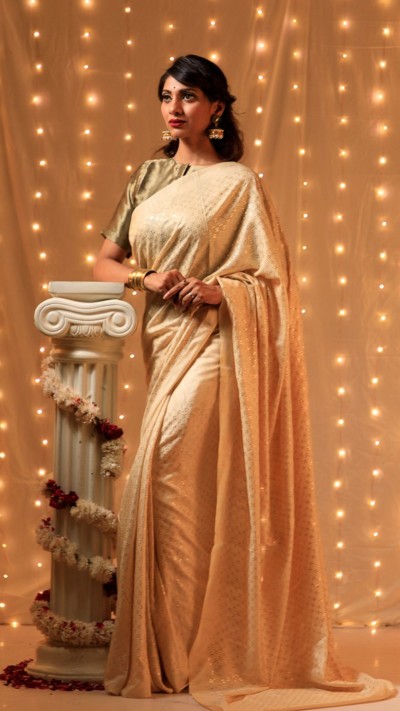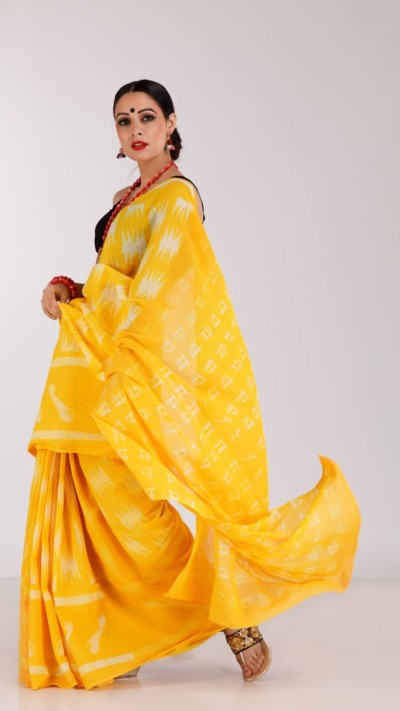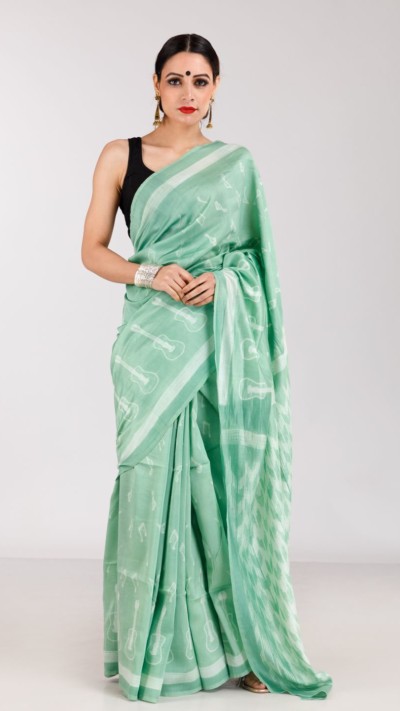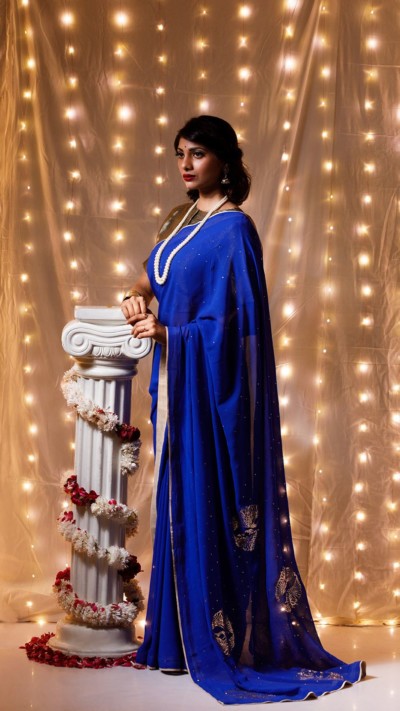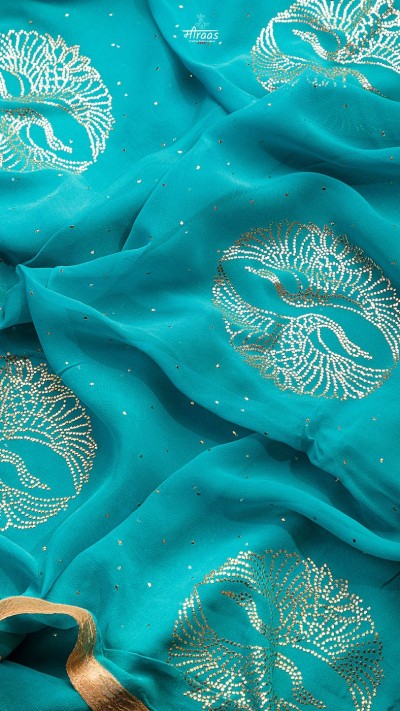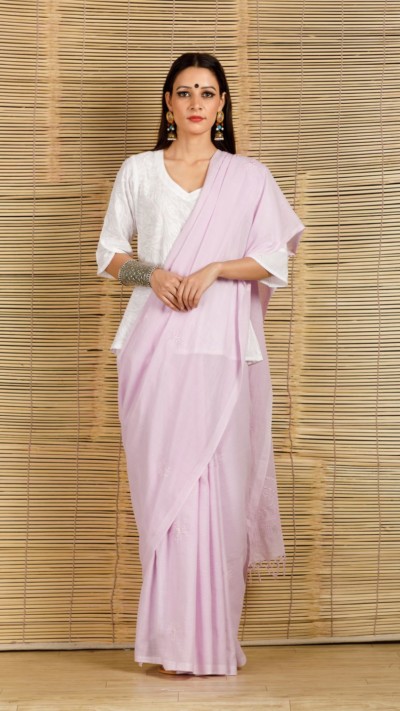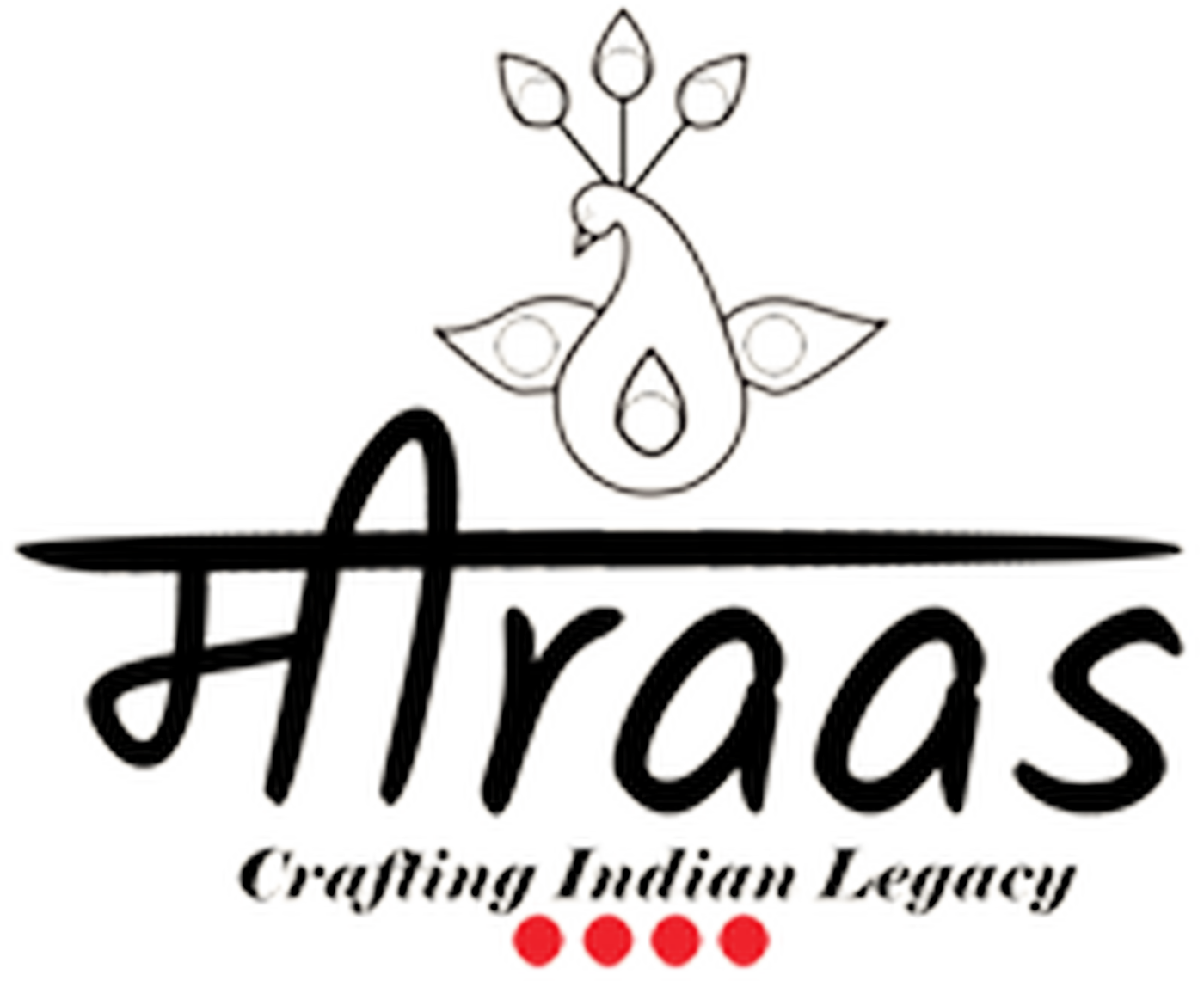
Please, enable Wishlist.
- Home
- Shop
- Dhanlakshami Chikankari Saree
- Advait Mens’ Chikankari
- Power Of Silence (Chikankari Kurta Edit)
- Ready To Ship
- Aari Zardozi
- Luxury Chikankari Dupattas
- The Wedding Collective
- Chikankari Statement Blouses
- Umrao Mukaish Collection
- Dopehri Chikankari Casuals
- Rajnigandha
- Rang Deenhi Shibori Collection
- Curated By Meiraas
- Saree
- Kurta
- Dupatta
- Blouse
- Top
- Stole
- Pants
- Handloom Chanderi
- Handloom Maheshwari
- Handloom Linen
- Handloom Cotton
- Handloom Organza
- Handloom Silk
- Cotton Silk
- Blog
- About
- Sustainability
Filter by categories
Filter by price
FILTER BY FABRIC
FILTER BY CRAFTS
Chandramani
₹45,000.00
Soothing tones of Grey Silver of the Moon, glow in this Resham Chikankari saree on Handloom Tussar Silk, touched with delicate stars of Mukaish all through.
THE SUSTAINABILITY QUOTIENT (TSQ):-
Read more
- Resham Chikankari (Hand Embroidery Practised Since Ancient Age)
- Mukaish Embroidery (Ancient Beaten Metal Wire Embroidery)
- Hand Picked Ancient Archived Motifs
- Conceptual and Exclusive Chikankari Artwork
- Handspun Handloom Tussar Silk
- Museum quality Chikankari sarees that can be handed down generation to generation as a treasure.
Trellis Pattern Mukaish Heirloom Full Jaal Tussar Silk Dupatta
₹16,500.00
Golden Trellis is our heirloom collection of Mukaish work that was historically done once upon a time in Awadh region, but is not done any more. Golden Trellis is a result of, one of the many research projects we are working upon simultaneously. We know some might not see light of the day (although we firmly believe that everything can be revived if we just have the right patience and the will to keep going), some will prove to be false tales - a mirage of a narrative built for dramatic value and nothing more...but some, like Golden Trellis will be a reality that can be translated to fabric yet again, even if in a small way, even if a shadow of its one time glory...at least there will be a start.
Golden Trellis is part of the Art & Antiquities Project undertaken by Meiraas.
The Sustainability Quotient (TSQ):
Read more
- Heirloom Full Jaal Mukaish: While Mukaish as a craft has mostly now become an embellishment to Chikankari, we at Meiraas have been trying consistently, to introduce this beautiful craft in all its individual glory, & in more heritage yet functional ways to wear it, to increase the longevity and heirloom value of each piece. Mukaish Jaal Dupattas on Silk are stand alone Heirloom Dupattas, that are versatile to be paired with any Kurta.
- Mukaish Hand Embroidery with proper "ghutaai" - this means Mukaish embroidery has been rubbed using old technique of filling pebbles in a bottle and rubbing on the embroidery, instead of new age roller press method. This one method ensures long lasting Mukaish. In itself Mukaish is more sustainable craft that sequins or "salma sitaara" embroidery, as Mukaish never comes off, maintaing the look of the garment for much longer time.
- Handspun Handwoven Tussar Silk: Thigh reeled, Handspun, Handwoven soft Tussar Silk from the looms of Bhagalpur, Bihar has been used as a base for these dupattas.
Meadow
₹4,500.00
The colours of a Meadow - Green velvety Grass & Pristine Blue lake come alive on this beautiful Tussar Silk Dupatta with Hand Dyed Shibori. The rich silk fabric is all weather & the colour is stunning to wear with any neutral colour attire.
Indian Nui Shibori Stole on Tussar Silk (Pure) fabric.
Please Read:
Indian NUI Shibori is a varied version of the original Japanese Nui Shibori. The Japanese Shibori is done only by hand & generally makes one big pattern on a small swatch of fabric.
In India, this method varies. The patterns in Indian NUI are drawn by hand on papern, and then sewn by sewing machine allover the fabric.
The handmade process involved here is drawing the pattern, tracing on fabric, tying & dyeing post machine embroidery, opening of all tie to reveal final product, finishing treatment (eco friendly).
Note: These days a lot of Digitally made Shibori from India is doing the round of market that looks very intricate in the first look. However on deeper 2nd look, you see that the NUI holes (made from sewing machine embroidery) are barely visible & light cannot pass through them. Therefore please bear in mind that the Indian NUI Shibori will have prominent needle marks in pattern (refer to the last image).
Read more
